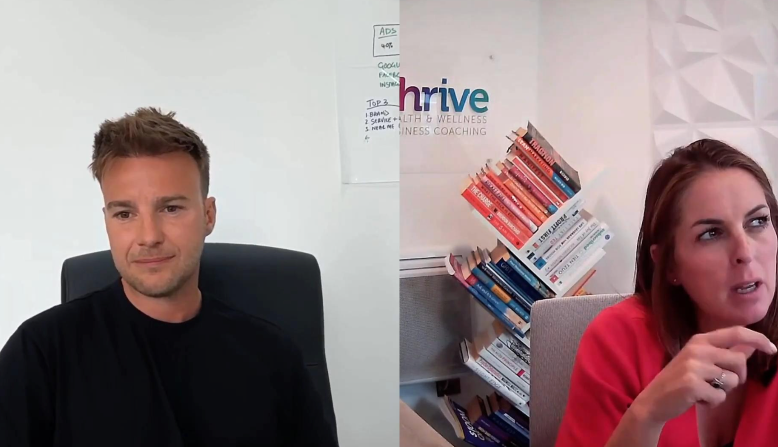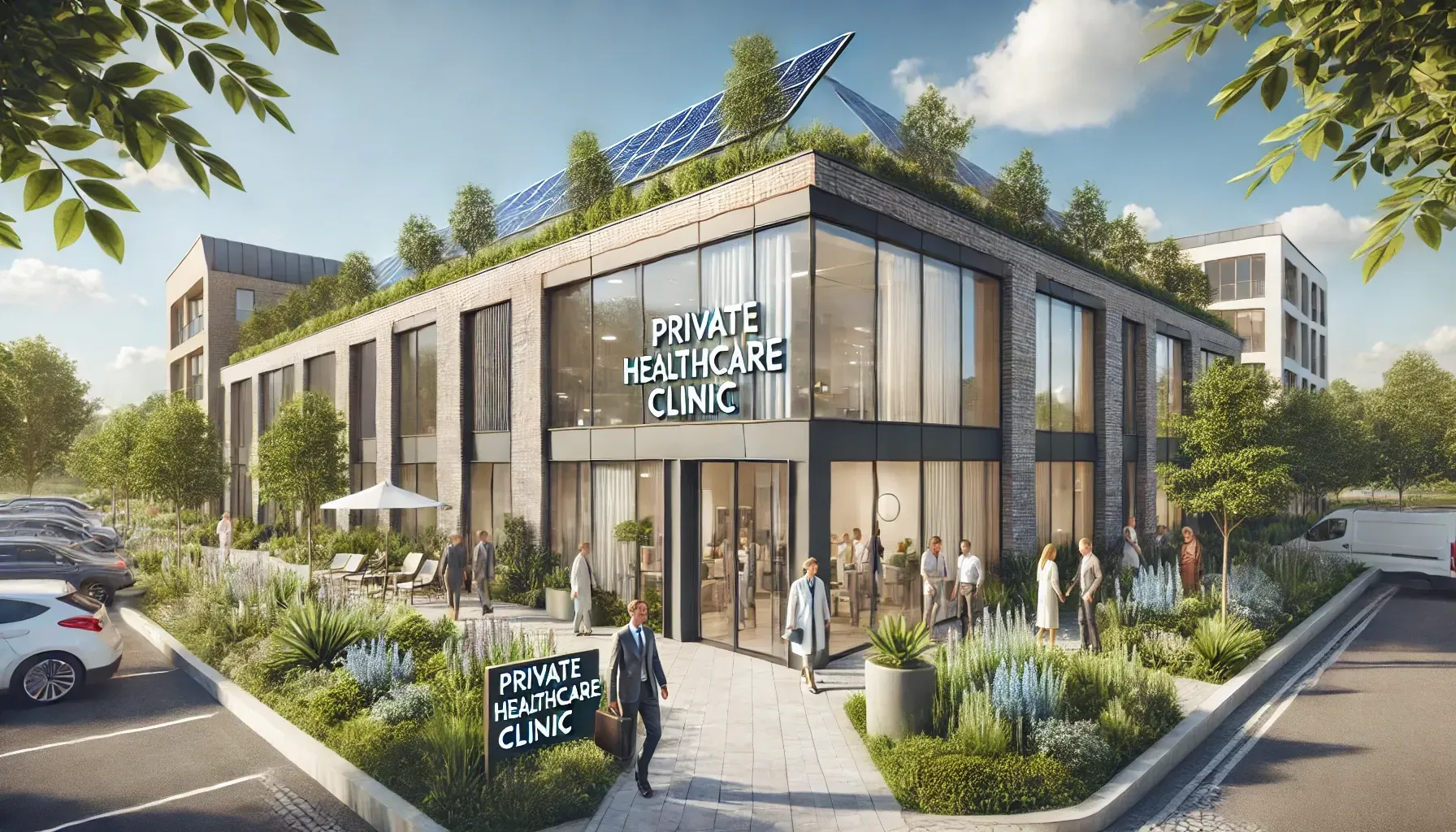Google app vs Chrome app: What's the difference?
In essence, the Google App serves as a personalised version of Google's search page, powered by intelligent AI. It's perfect when you know what you're looking for but need help finding it. This app seamlessly combines data from various sources, such as other Google products and services, offering search results, app suggestions, and even integrated services like Google Maps. It's an intelligent tool that predicts your interests, drawing from web searches, Google+ activity, and more, providing valuable notifications and assistance.
On the other hand, Google Chrome is a robust web browser that is ideal when you have a specific website in mind. It doesn't display Google Cards or the AI-driven feed, but recent updates have blurred the lines. They have integrated AMP (Accelerated Mobile Pages) within the Google App, ensuring faster loading times for web pages without opening a browser separately.
Google Mobile App (Google Search App):
Description:
The official Google app gives you more ways to search – Use your camera to uncover who painted that artwork, translate a menu on your travels, find out what type of dog that fluffy thing is, shop anything you can see, and solve your homework. Oh, and you can also search for songs by humming.
Purpose: The Google Mobile App is primarily a search application. It allows users to perform searches, get search results, and access various Google services directly from the app.
Features: It often includes features like voice search, personalised news updates, weather forecasts, and other Google services integrated into a single interface.
Focus: The main focus is providing a convenient and quick search experience with additional personalised content and services.
Chrome Mobile App (Google Chrome Browser for Mobile):
Description:
Google Chrome is a fast, easy-to-use, secure web browser. Designed for mobile, Chrome brings personalised news articles, quick links to your favourite sites, downloads, and a built-in Google Search and Google Translate. Download now to enjoy the same Chrome web browser experience you love across all your devices.
Purpose: Chrome Mobile App is a web browser designed for mobile devices. Its primary function is to enable users to browse websites on the internet.
Features: It includes features typical of a web browser, such as tabbed browsing, bookmarks, incognito mode for private browsing, and the ability to sync bookmarks and browsing history across devices if the user is signed in with a Google account.
Focus: The main focus is providing a smooth and feature-rich web browsing experience on mobile devices.
To conclude, the Google App acts as a lightweight link to Google's AI, offering intelligent suggestions and integrated services. Use it when you know what you're looking for but need help finding it. Conversely, Chrome is a full-fledged browser for direct access to specific websites, saving time when you know exactly where to go.
New Paragraph












